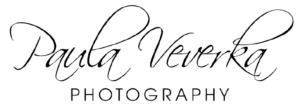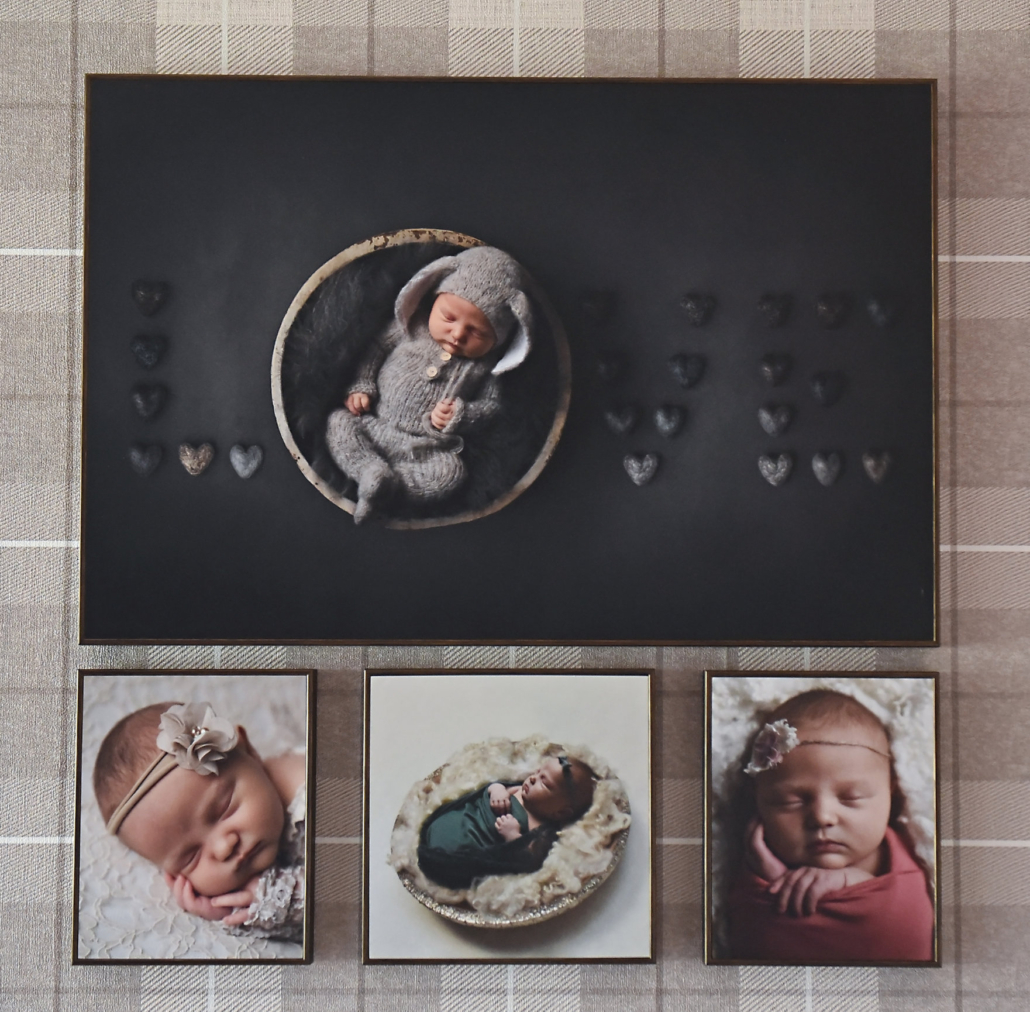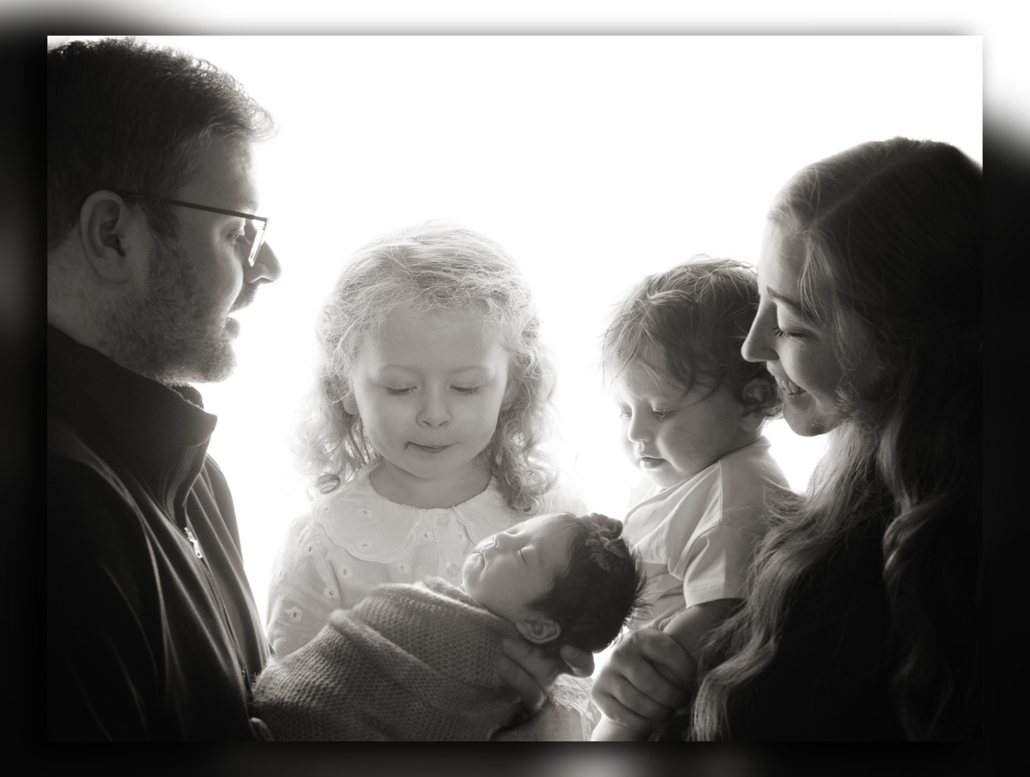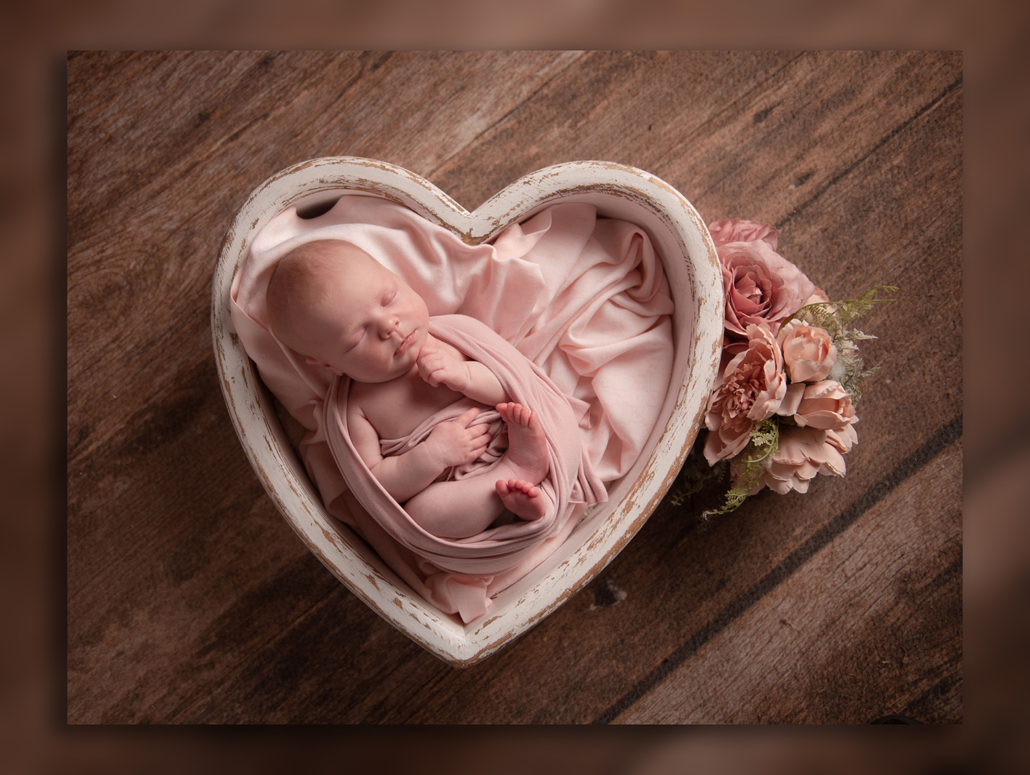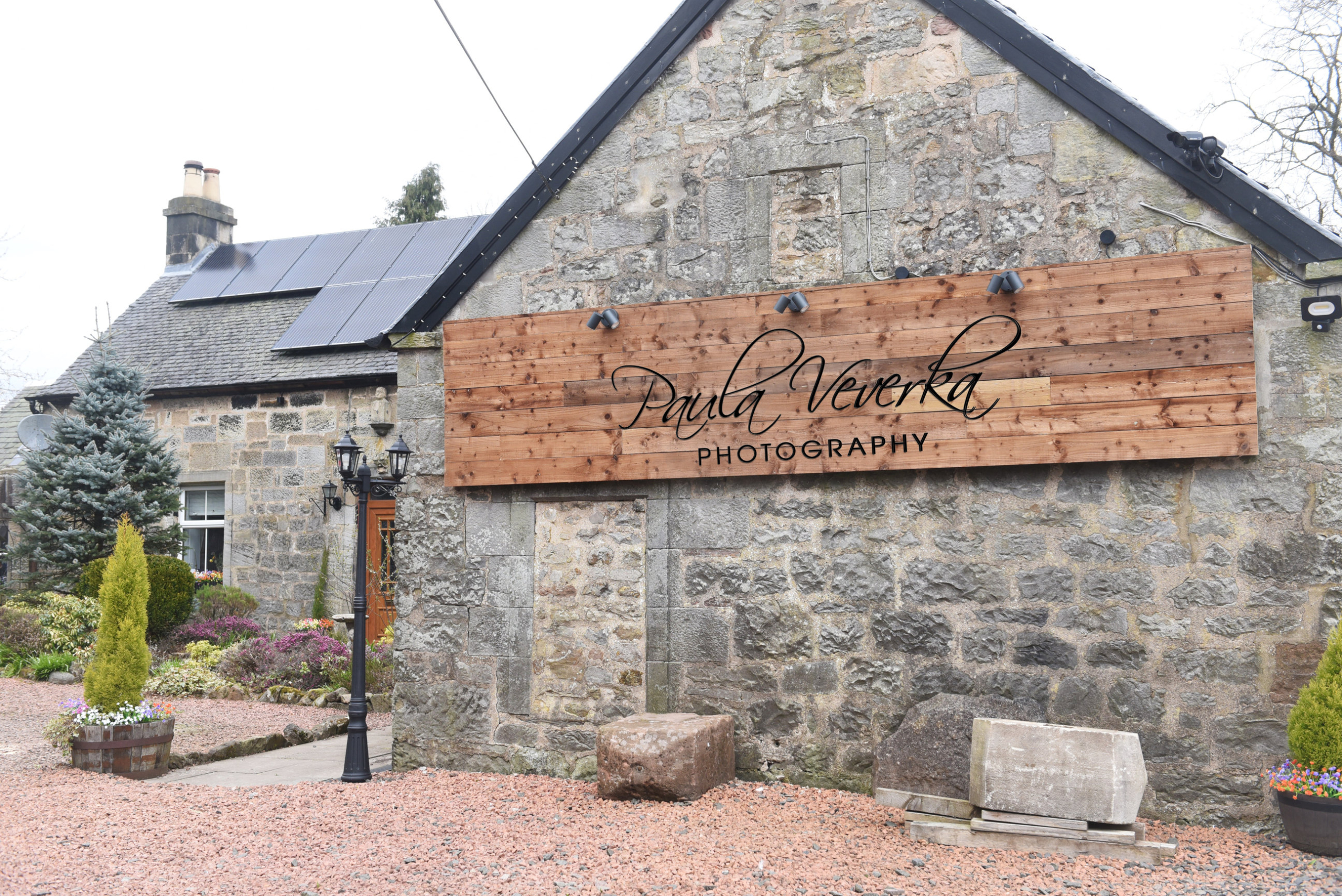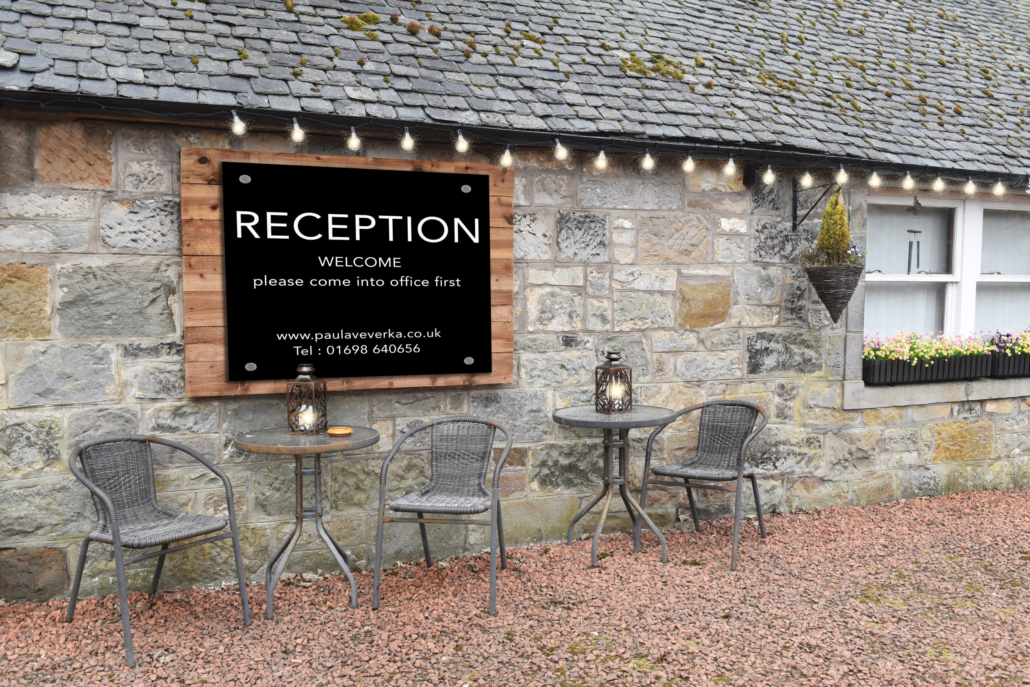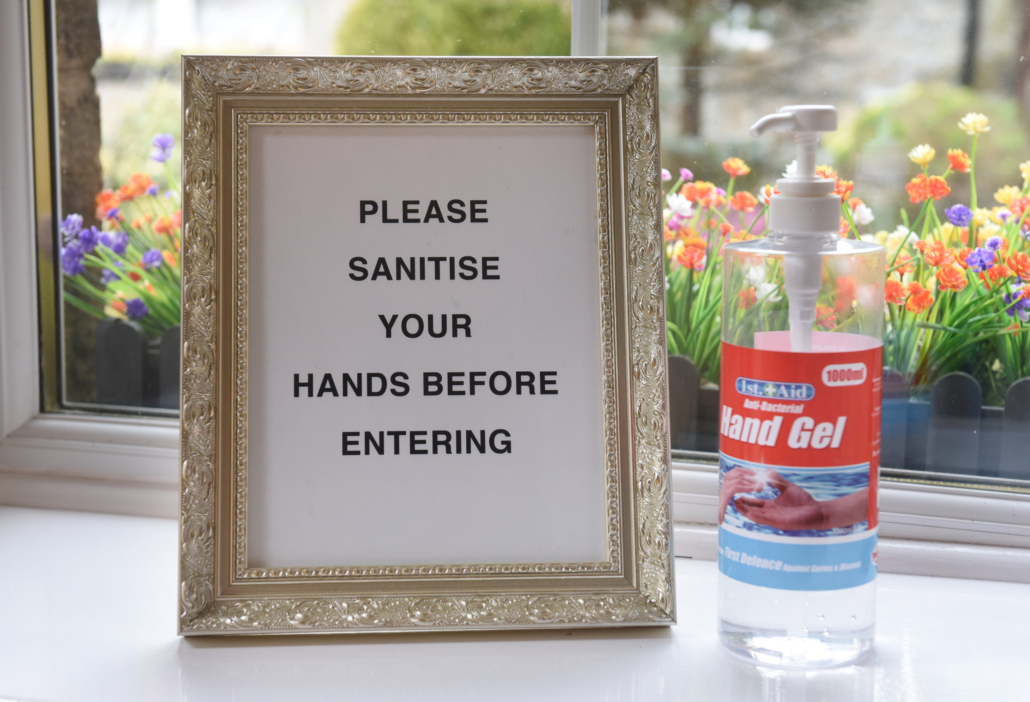As a new parent in Glasgow, capturing those precious first moments of your baby’s life is an experience you’ll treasure forever. At Paula Veverka Photography, we understand the importance of timing when it comes to newborn photography.
As your specialist Newborn Photographer in Glasgow, I’m here to guide you through the process of scheduling your newborn photo session for the best possible results.
The Ideal Age for Newborn Photos
In an ideal world, the best time for newborn photography is during your baby’s first couple of weeks of life. During this period, newborns are typically at their sleepiest and can easily curl into those adorable poses you’ve likely seen in newborn portraits. I always encourage new parents to schedule your session as early as possible within this timeframe.
However, it’s important to remember that every baby is unique. If you can’t make it to the studio during those first few weeks, don’t worry! Babies can still have beautiful newborn portraits many weeks after being born. Over the years I have photographed hundreds of babies and I can easily adapt my workflow to your baby’s need so you absolutely don’t have to miss out on capturing this special time of your life.
Your Newborn Photo Session: Stress-free Scheduling
Many factors can influence the timing of your newborn photo session, the unpredictability of birth being the most important. Of the benefits of working with an experienced newborn photographer is that I allow enough flexibility in my diary to ensure your session will happen within the right timeframe, no matter if baby is early or late.
That’s right, while we use your due date as a guide, we know that babies often have their own plans – so should your little one be early or late we’ll adjust your session date at no extra cost to you.
Another important consideration is the recovery time for both mother and baby. After birth, you’ll need time to settle into your new family dynamic so we’ll stay in touch to ensure your session is a wonderful experience with no stress.
When to Book Your Newborn Photo Session
The ideal time to book your newborn session is after your twenty-week scan, as this gives us plenty of time to prepare, plan and ensure we can truly create the images you’ve always dreamed of.
As a mum myself however, I know that life while expecting is a real whirlwind of emotions and activities… so don’t worry if you haven’t booked during pregnancy, I can still accommodate you! If your little one has already arrived, get in touch, and I’ll do my best to schedule you quickly. Remember, I only book one newborn photoshoot per day, allowing up to 3 hours for each session. This ensures there’s no time pressure during your baby’s newborn photos.
Paula Veverka Photography: Cosy Newborn Studio in Glasgow
My cottage studio in Glasgow is specially designed for newborn photography. It’s warm, cosy, and relaxing, creating the perfect environment for your baby’s first photoshoot. I also offer facilities for new mums to enjoy a model makeover during the session, with a dedicated make-up room and beautiful gowns that will help you feel pampered and confident for your family photos.

Choosing Colors and Styles
As your session date approaches, we’ll have a detailed conversation about your color preferences and the styles you’d like to incorporate, so we can ensure we include colours you love and backgrounds that appeal to you. we’ll also discuss any sibling or family photographs you’d like to include in your shoot.
What If You’ve Missed the “Newborn” Window?
As mentioned, if you’ve missed the traditional newborn window, don’t worry! While those first few weeks are ideal for certain poses, beautiful baby photos can be taken at any age.
Should baby be really too old for a newborn session, we can still book you in for a beautiful milestone photoshoot that can capture all those cute expressions and their growing personality.
Your Newborn Photo Session
Ready to book your newborn session or have more questions? Don’t hesitate to get in touch so we can create a wonderful experience for you and your family, and photographs you’ll treasure for a lifetime.
